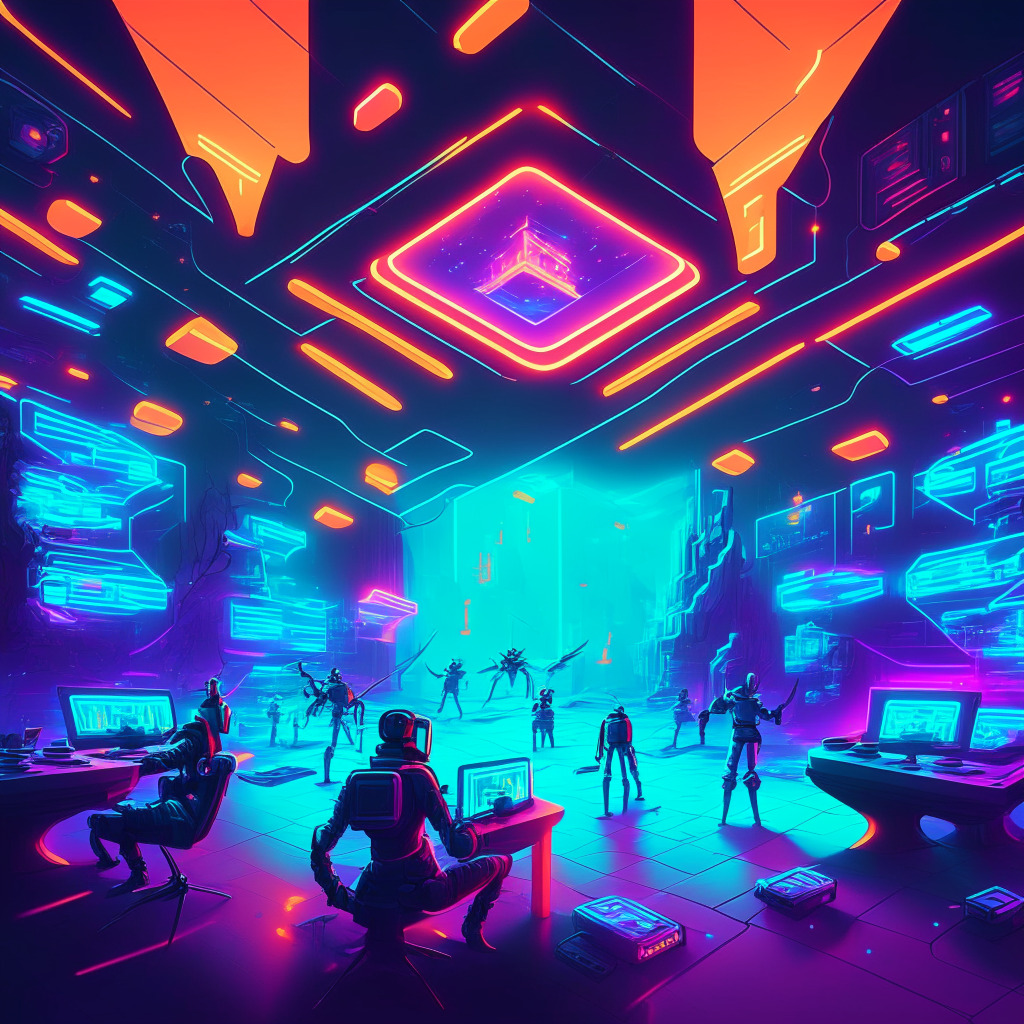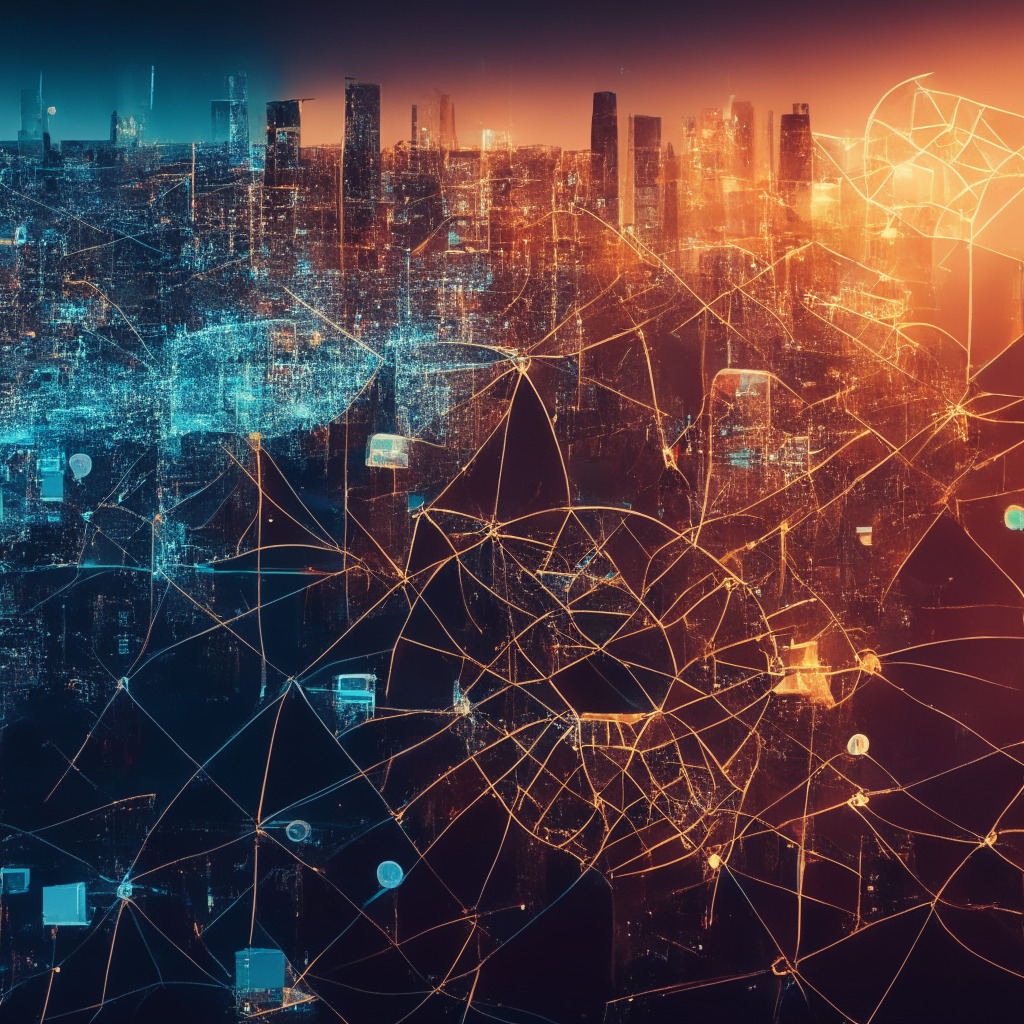Scenes from the bitter crypto winter we’ve faced may hint at brighter days; think of it as the calm after the storm. You must remember how it seemed after the dot-com bubble burst in 2001, akin to the death we now see in crypto. But take heart, as renowned technology scholar, Carlota Perez, acknowledges, growth comes in bunches. Storms give way to golden ages. We saw it in the aftermath of the dot-com crisis and the ensuing 20-year streak and trillions of dollars of growth that reshaped the traditional economy.
Web3, the new kid on the block, is no stranger to the repeating cycle of boom and bust present in every technological revolution so far. The sector has invested massively in creating amazing technological prospects such as DeFi (Decentralized Finance) which promises to replace conventional financial systems with unique ones, powered by code instead of intermediaries. It hinges on the trustworthiness of immutable smart contracts. However, the primary transaction medium of DeFi remains volatile, limited market cap digital assets or, simply put, crypto tokens.
In similar trend, Non-Fungible Tokens (NFTs) have revolutionized digital scarcity and offered a new wave of innovative creativity. Still, their application remains mostly tied to digital arts and memes.
Perhaps the silver lining to Perez’s theory lies in the aftermath of the crash– the establishment of advanced technology leading to the next surge. A school of thought that ties both crypto and traditional finance suggests that tokenizing real-world assets (RWAs) might just be the key to unlock the next bull run, paving the way for trillions of dollars to flow into crypto.
Classic financial monoliths, such as BlackRock, Fidelity and new-age startups like Tzero, Securitize, and Polymath, are already leveraging blockchain to tokenize real-life assets like fine art, real estate, and even financial tools. RWA tokenization aims for a transparent transactional system, reducing intermediaries, and accelerating processes.
Yet, the full potential of Web3 technology awaits as most RWA tokenization platforms depend on trusted intermediaries for redemptions, creating what is known as the physical asset oracle problem. It reflects the physical-digital divide blockchain can’t directly bridge.
Interestingly, forward contracts offer a possible solution. Fueling these contracts with smart contracts and tokenizing them as redeemable NFTs could lead to trust-minimized tokenization. Disputed transactions can be tossed to decentralized dispute resolvers, and transactions once done cannot be reversed.
The future looks intriguing when hard, reliable tokenized RWAs stand as the pillars of a smoother, programmable economy, eliminating the need for trusted intermediaries. Blockchain academic luminary, Prof. Jason Potts, envisions a world where the tokenization of all physical products and services into an interoperable format. This world promises a low-cost trust transaction system, something he dubbed the ‘turing-complete economy’.
The future beholds a trillion-dollar opportunity with the tokenization of more real-world assets that could power a programmable Web3 economy.
Source: Coindesk




